Water Softener Sizing and grey water recycling of regen cycle
bossvoss
9 years ago
Related Stories

SAVING WATER11 Ways to Save Water at Home
Whether you live in a drought-stricken area or just want to help preserve a precious resource, here are things you can do to use less water
Full Story
LIFEThe Top 5 Ways to Save Water at Home
Get on the fast track to preserving a valuable resource and saving money too with these smart, effective strategies
Full Story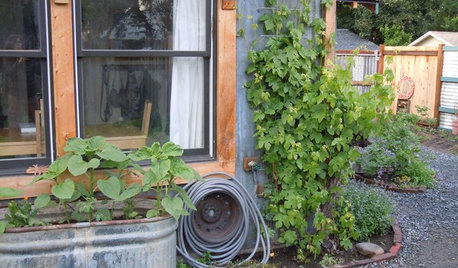
GARDENING GUIDESEdible Gardening Essentials: Tips for Traditional Hand Watering
Save the expense and hassle of a complicated garden system with a simple watering can or inexpensive hose add-ons
Full Story
GREAT HOME PROJECTSHow to Switch to a Tankless Water Heater
New project for a new year: Swap your conventional heater for an energy-saving model — and don’t be fooled by misinformation
Full Story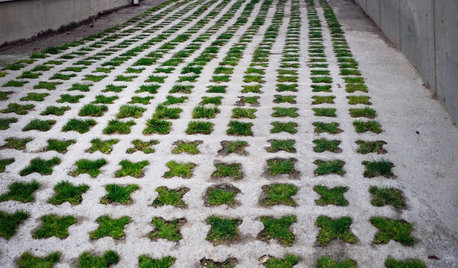
EARTH DAYHow to Build a Greener Driveway
Install a permeable driveway to keep pollutants out of water sources and groundwater levels balanced
Full Story
EARTH DAYGrow a Beautiful Garden With Ecofriendly Greywater
Reducing home water waste means lower bills and a healthier planet. Here's how to set up a greywater home irrigation system that can help
Full Story
GREEN BUILDINGHow to Harvest Rainwater for Your Garden
Conserve a vital resource and save money by collecting stormwater for irrigation in a barrel or tank
Full Story
SAVING WATER6 Reasons Why You Should Save Your Rainwater Now
Collect and store during the rainy season so you’ll have water ready for irrigation when you need it
Full Story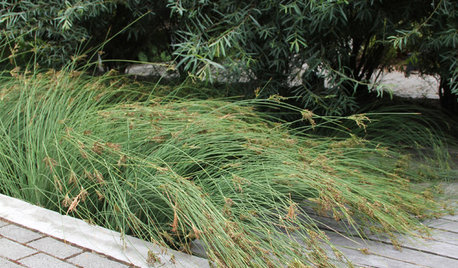
GARDENING GUIDESProtect a Precious Resource With a Rain Garden
Promote pure water and a beautiful landscape with a garden design that makes the most of the rain
Full Story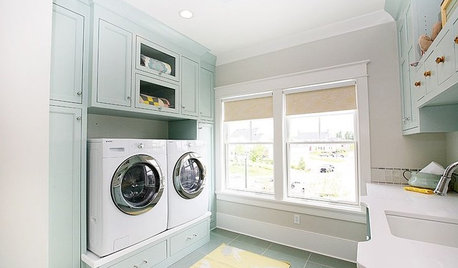
LAUNDRY ROOMS8 Tips for Cleaner, Greener Laundry
Let go of harsh chemicals and hot water, and go easy on your clothes, your wallet and the planet
Full StoryMore Discussions







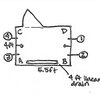
bossvossOriginal Author
User
Related Professionals
Feasterville Trevose Kitchen & Bathroom Remodelers · Alpine Kitchen & Bathroom Remodelers · Biloxi Kitchen & Bathroom Remodelers · Ewa Beach Kitchen & Bathroom Remodelers · Lisle Kitchen & Bathroom Remodelers · Park Ridge Kitchen & Bathroom Remodelers · Pueblo Kitchen & Bathroom Remodelers · Tempe Kitchen & Bathroom Remodelers · Toledo Kitchen & Bathroom Remodelers · Weston Kitchen & Bathroom Remodelers · Wilson Kitchen & Bathroom Remodelers · Glenn Heights Kitchen & Bathroom Remodelers · Wilmington Island Kitchen & Bathroom Remodelers · Tanque Verde Kitchen & Bath Fixtures · Kiryas Joel AppliancesbossvossOriginal Author
User
bossvossOriginal Author